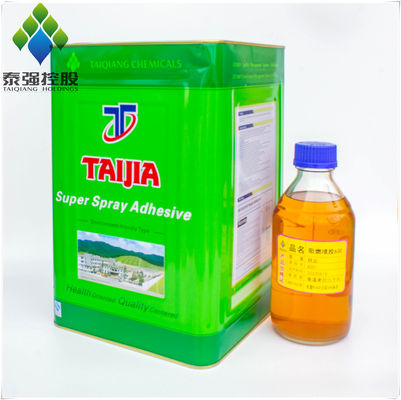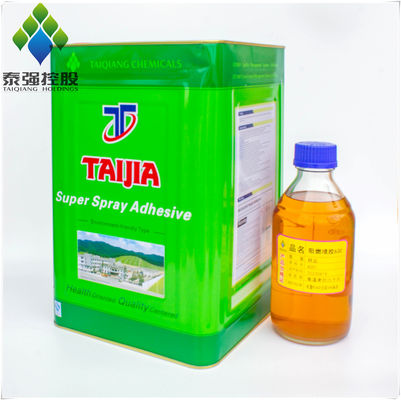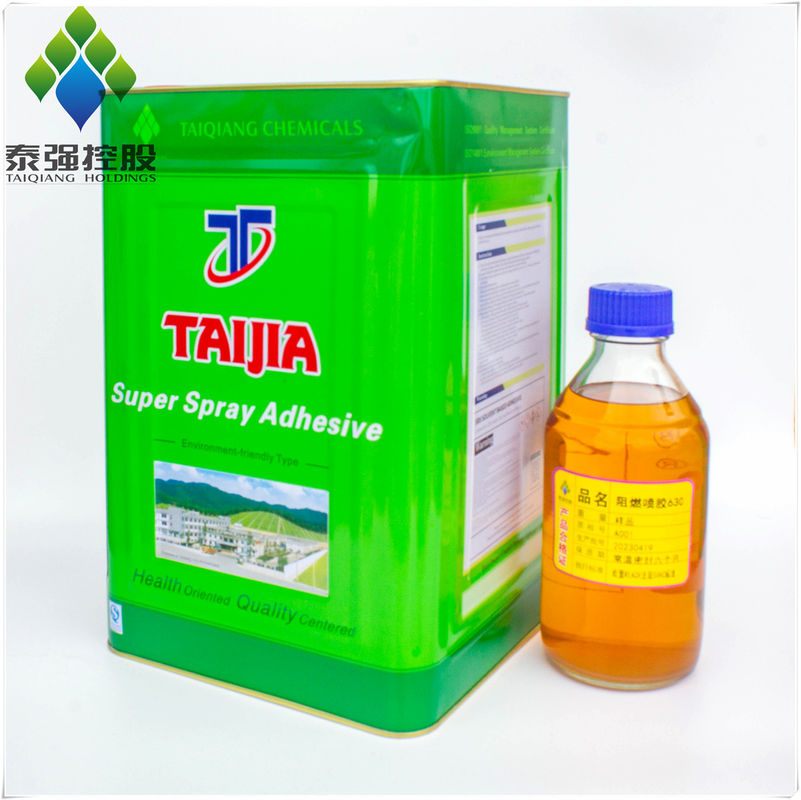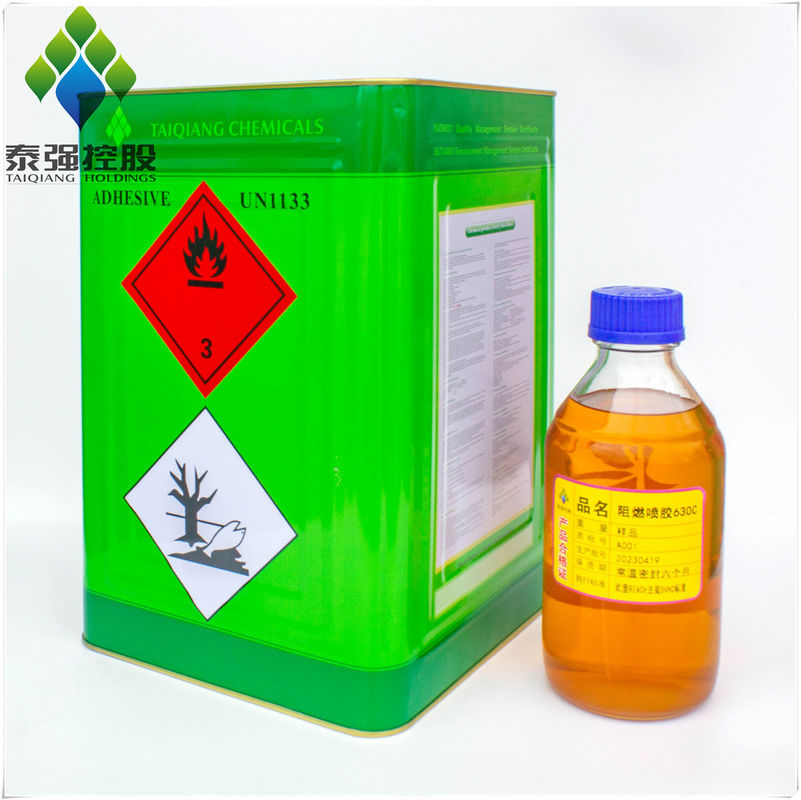
Light Yellow Non Flammable Spray Adhesive BS5852 Fire Retardant Adhesive
-
Highlight
Light Yellow Non Flammable Spray Adhesive
,Non Flammable Spray Adhesive BS5852
,BS5852 Fire Retardant Adhesive
-
ClassificationVolatile Solvent Adhesives
-
ColorLight Yellow
-
ApplicationSpray Gun
-
Viscosity80-160 Cps
-
Shelf Life6-12 Month
-
Density1.1-1.25
-
Place of OriginChina
-
Brand NameTAIQIANG
-
CertificationISO9001/14001/EU'SREACH/BS5852
-
Model Number630-888
-
Minimum Order Quantity4000KG
-
Price$1.0-2.0/KG
-
Packaging Details250ml, 600ml, 1L, 3L, 4L, 5L,18L, 200L, 1000L
-
Delivery Time3-6Weeks
-
Payment TermsL/C, T/T
-
Supply Ability400Tons/Day
Light Yellow Non Flammable Spray Adhesive BS5852 Fire Retardant Adhesive
630 Non-Flammable Spray Adhesive Fire Resistance Glue For Furniture And Upholstery BS5852
| Main ingredients | SBS rubber, Superfine Resin, solvent oil, fireproof solvent |
| Operation | Manual + Automatic Spray |
| Adhesive type | Synthetic rubber based Adhesive |
| Tack time | 1-15mins |
| Solid content | 30%-34% |
| Viscosity(25 ℃) | 80-160mPa.s |
| Heat resistance | 60 ℃ |
| Gravity | 1.15-1.25 |
| Consumption Rate | 20±8m²/KG |
| Shelf life | 6-12 Month |
For materials:
Wood, Foam, fabric, paper sheet, thermal insulation materials in swivel chairs, sofas, mattresses, thermal insulation industries kitchenware, and etc.
Notes for operating:
1, Surfaces must be cleaned, dry and free of dust. Any petroleum-based product such as grease or oil might have influence on suitable bonding.
2, Bonding after one side spray or large areas spray immediately;
3, Bonding after 30 seconds to 5 minutes. double or cambered sides are sprayed on. Incorrectly operating may lead to powder or not adhesion.
Storage and package:
1, Keep good ventilation and avoid of direct sunlight during transportation, storage, and application. Keep away from high-temperature objects or open flames.
2, The color may vary slightly from one another. Technically, the color of the adhesive deepens along with time., which does not affect the performance of the adhesive provided it is in the guaranteed period.
3, The adhesive formula could have adjustments according to the customer's requirement to better meet the customer's needs.
viscosity
The viscosity of glue can vary depending on the type and formulation of the glue. Viscosity refers to the thickness or resistance to flow of a liquid. Glues can have different viscosities ranging from thin and watery to thick and gel-like.
Some common types of glue and their approximate viscosities include:
1. White Glue (PVA Glue): White glue generally has a low to medium viscosity, similar to that of water. It flows easily and is commonly used for general crafts, woodworking, and paper projects.
2. Wood Glue: Wood glues typically have a medium to high viscosity. They are thicker than white glue and have good adhesive properties for bonding wood surfaces.
3. Super Glue (Cyanoacrylate Adhesive): Super glue has a very low viscosity. It is a thin liquid that quickly flows and spreads when applied. It forms an instant bond upon contact with surfaces.
4. Epoxy: Epoxy glue consists of two components, resin, and hardener, which are mixed together before application. The viscosity of epoxy can vary depending on the specific formulation but generally falls within the medium to high viscosity range.
5. Hot Glue: Hot glue, also known as hot melt adhesive, is solid at room temperature and melts when heated. When melted and applied, it has a relatively high viscosity but quickly solidifies as it cools.



